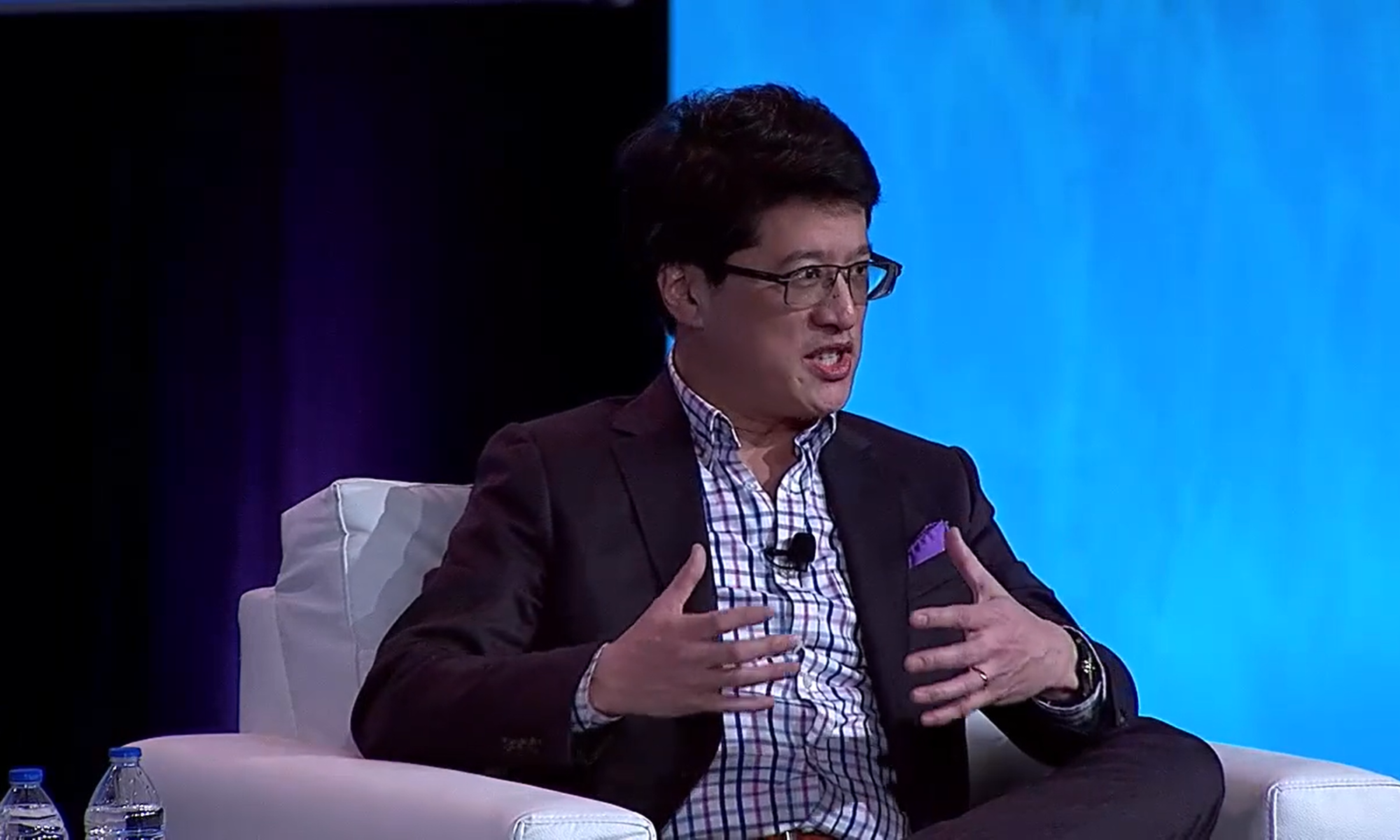Changing gears from my prior post on the overall character of solution building in management consulting, I thought I would skip around a bit to cover the client interview. It is a very important topic in management consulting. Ethan Rasiel, in his book, "The McKinsey Way" dedicates a whole chapter to it.
One benefit of bringing in certain types of management consultants is that they can float up and down the chain from the CXO-level to the trench-level worker. I find it important to gather both hard data and soft information in the interview. Here are some examples of quotes I have experienced in the trenches (watered down from some past clients):
- "I feel like I have failed. It’s hard to ask for help in this environment."
- "Headquarters: The regional management will have the measurements you are looking for."
- "I don’t have those reports. You should go to sourcing."
- "I have no idea. You go to processing to get that information."
- "Who cares about those reports? Headquarters does something with that. They should have the reports."
- "People that deal with our personnel say that our competitor has a higher-class of industry expertise and it shows."
- "Morale is really bad. We’ve tried everything but continue to show bad service."
Rasiel indicates that McKinsey usually conducts interviews with two management consultants at a time. I can see how this could be of benefit as it is hard to both ask questions and take notes at the same time. That said, I have generally conducted with interviews by myself or with one other person under special circumstances.
Rasiel also indicates that McKinsey generates interview guides before an interview. Preparation helps, and the amount of prep is a bit sensitive to how familiar one is with the industry and functional area you are working with. I often use a spreadsheet or Microsoft Word document that covers the main questions and topics that I want to cover.
The real key to a client interview in my mind though is getting seated properly. This is the question I get asked most by client prospects and business acquaintances. How do you get people to open up? I find it is one of the biggest risk points in a project. If you cannot get on the same side of the table as the client, project risk goes way up in being able to deliver.
I don’t have a formula for getting on the same side of the table as the client, but here are some things that have worked for me:
- It is important that everyone up and down the chain know that you are there to help. You need to go in with the attitude that the client comes first, even if that means putting yourself out on the street. Your client sponsor has a right to "fire" you at any time if you are not adding value.
- You must be sensitive to fact that people are people and not just a bunch of names or boxes on an org chart.
- You must establish trust. If people confide in you, you must not violate trust.
- You must make it clear to the people that you talk to as to who you are working for and what your goals are.
- You should be there to solve problems without passion, prejudice, or politics. You should have enough fortitude to tell the client when they are wrong, but you should have enough sense and ethical grounding to admit when you are wrong, don’t know something, or can’t add value and need to redraw subproject scope boundaries.
- You must realize that clients, in many situations, know their business better than an outside consultant does. The consultant brings other value to the table, such as being independent and less connected to politics, having structured analysis tools and specific functional expertise, bringing additional bandwidth to get over hurdles, providing an opportunity for change, and drawing in experiences from other companies.
- You must strive to get concurrence with the client throughout the project – regular communication and working sessions.
- You must learn to develop capabilities to become a servant-leader (some of the same capabilities required for an executive or chairman of the board).
The aspect of not playing politics is very key. Many new consultants get too involved with politics (I did too when I first started). Although you may feel that it is ingratiating yourself with the client, clients are not paying money for that. Playing politics can also create bad side effects and factions within the company. Take no part in that.
Finally, I have found that blogging has helped provide a personal side to my practice of consulting. In many cases, I know that a client has read my blog to figure out what I’m all about, what values I represent, and what kinds of business methods I believe in. I want that to happen. In the words of a famous song, "You’re so vain. I bet you think this (blog) song is about you". Perhaps it is. Whatever it takes to help the client. That’s my style of effective change management consulting.
Steve Shu
Don’t forget to subscribe to Steve Shu’s blog now (click icon)!![]()
